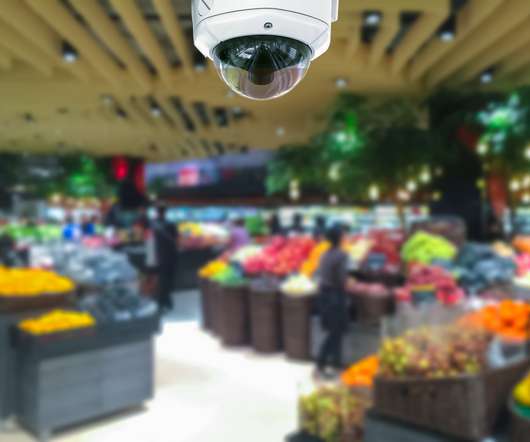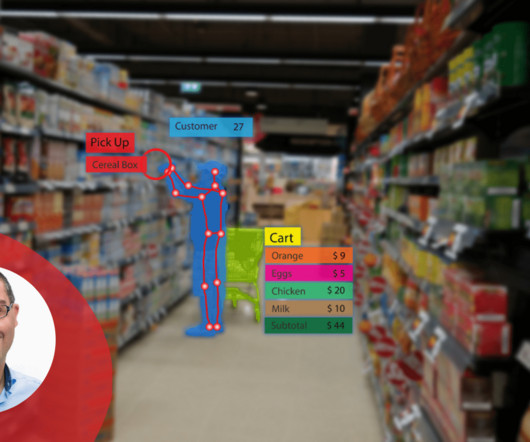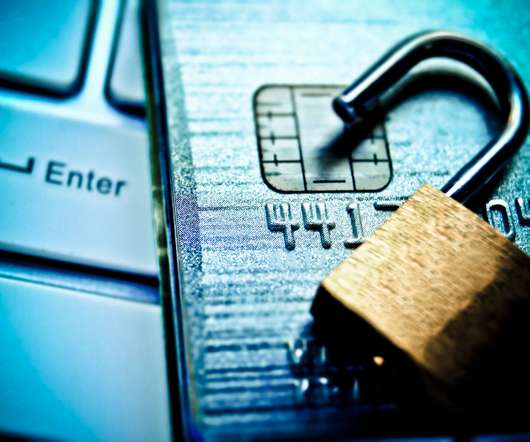Priorities for retail security heading into 2022
Cisco Retail
DECEMBER 12, 2021
In the past year, loss prevention teams have had to adapt to new priority concern areas while 44% of retailers allocated more budget to loss prevention. As the consumer shift towards multichannel shopping has continued, more instances of loss have resulted from such avenues as BOPIS or curbside pickup.












Let's personalize your content